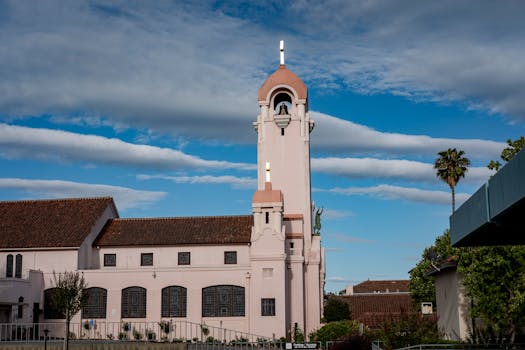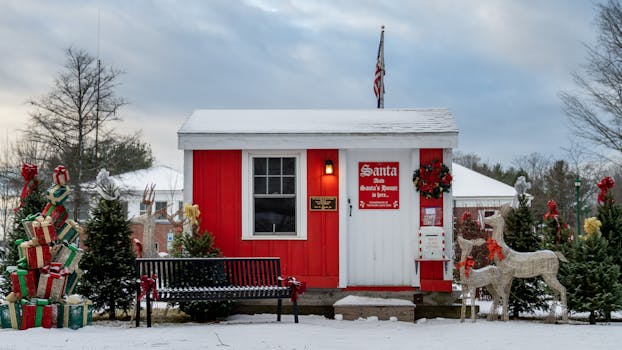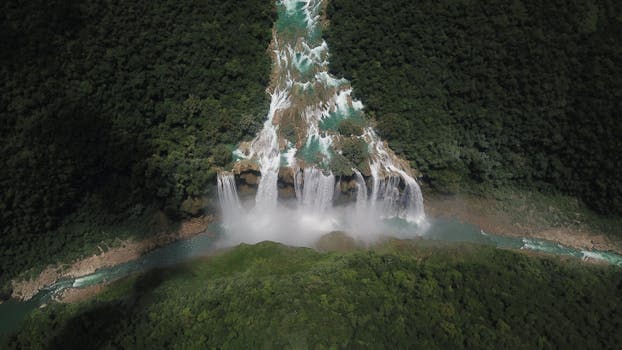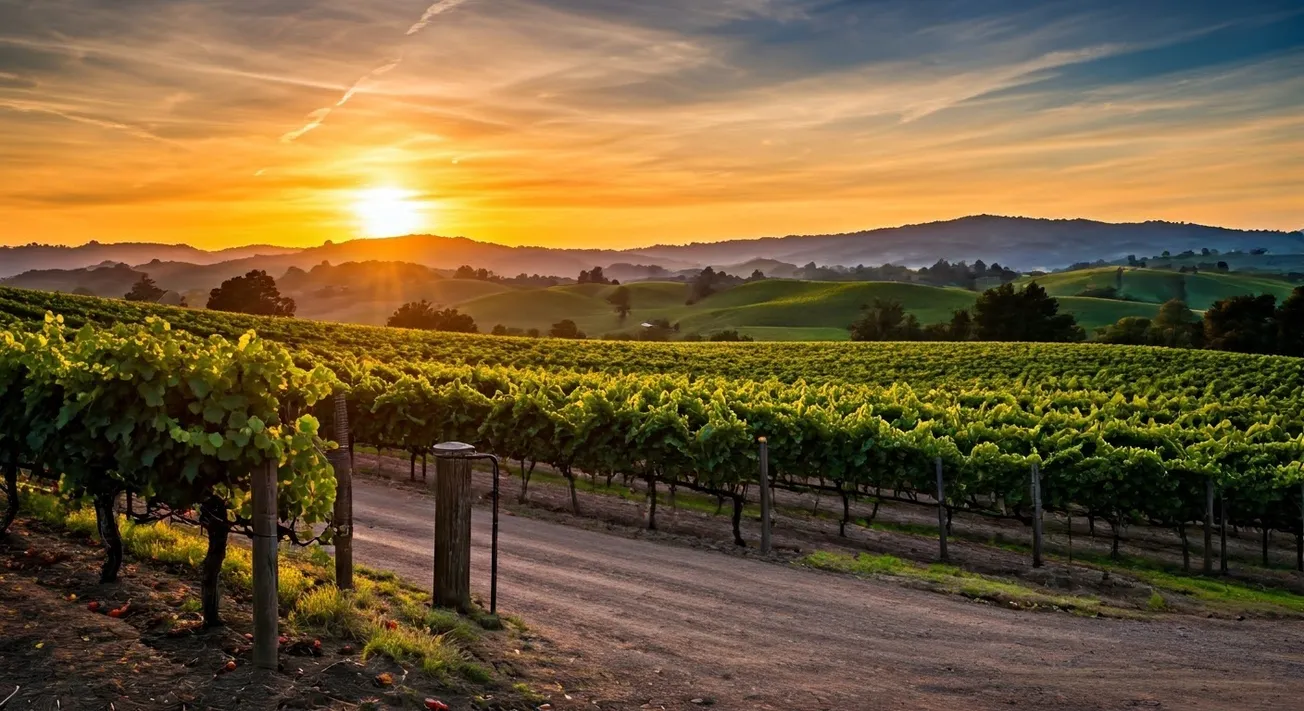Traversing History: The Fascinating Journey of Misión Santa Rosalía de Mulegé
Traversing History: The Fascinating Journey of Misión Santa Rosalía de Mulegé
Introduction
Step into a time machine and journey back to the era when Jesuit missionaries braved the untamed landscapes of Baja California Sur, Mexico. Welcome to Misión Santa Rosalía de Mulegé, a historical monument where tales of faith, resilience, and transformation reverberate through the centuries.
Establishment and Early Years: The Birth of a Mission
Nestled in the heart of Baja California Sur in Mexico, Misión Santa Rosalía de Mulegé was established in 1705. This mission is not just another historical monument; it stands as a tribute to the indomitable spirit of the Jesuit missionaries who were committed to spreading Christianity among the indigenous Cochimí people.
The story of Misión Santa Rosalía de Mulegé unfurls with Father Juan María de Salvatierra, a Jesuit missionary, laying its foundation. His vision was to create a spiritual sanctuary, a beacon of faith and hope amidst the rugged, untamed terrain of Mexico. Little did he know that his humble mission would etch a significant chapter in the annals of Mexican history.
The early years of the mission were fraught with challenges. The harsh, arid climate and initial resistance from the Cochimí people made survival a daily struggle. Yet, the Jesuits, propelled by their unwavering faith, persevered. They adapted, learned the local language, and gradually won the trust of the indigenous people. This resilience is a testament to the power of faith and the human spirit, a story that continues to inspire us even today.
Cultural Influence: A Melting Pot of Traditions
As the mission grew, so did its influence. Misión Santa Rosalía de Mulegé became a hub of cultural exchange, where Spanish and indigenous traditions merged and evolved. This fusion gave birth to a unique cultural identity that is quintessentially Mexican, a melting pot of diverse influences that continues to shape the country's cultural fabric.
Transitions in Administration: A Test of Resilience
The journey of Misión Santa Rosalía de Mulegé was not always smooth sailing. The mission witnessed several transitions in its administration. After the Jesuits, it was managed by the Franciscans and later by the Dominicans. Each transition brought new challenges and changes, but the mission's core purpose – to serve as a spiritual sanctuary – remained unaltered.
The mission's most significant challenge came in the form of the Mexican secularization act of 1834. The act led to the closure of all missions, marking the end of an era. Despite this, Misión Santa Rosalía de Mulegé refused to fade into oblivion. It stood tall, a silent spectator to the changing times, a resilient symbol of a bygone era.
Present Day: A Testament to Time
Today, Misión Santa Rosalía de Mulegé is an iconic tourist attraction, drawing visitors from around the globe. As you walk through its ancient stone archways and gaze upon its centuries-old frescoes, you can almost hear the echoes of the past. Each stone, each artifact, tells a story of faith, perseverance, and cultural fusion.
The mission also serves as a reminder of the indigenous Cochimí people's rich heritage. Their legacy, entwined with the mission's history, is a testament to their resilience and adaptability. Even as we marvel at the mission's architectural beauty, we must not forget the indigenous people's contribution to this historical narrative.
Conclusion: A Tale that Transcends Time
In conclusion, the history of Misión Santa Rosalía de Mulegé is a captivating tale of faith, resilience, and cultural exchange. It is a tale that transcends time, reminding us of our shared humanity, our capacity for adaptation, and our innate desire for spiritual connection. As we step into the future, let us carry these lessons with us, honoring the past while embracing the promise of what lies ahead.

Sign up for Sonoma County Navigator
Discover Sonoma County! Latest News, places to play, stay, eat, live, shop, learn and more!
No spam. Unsubscribe anytime.










